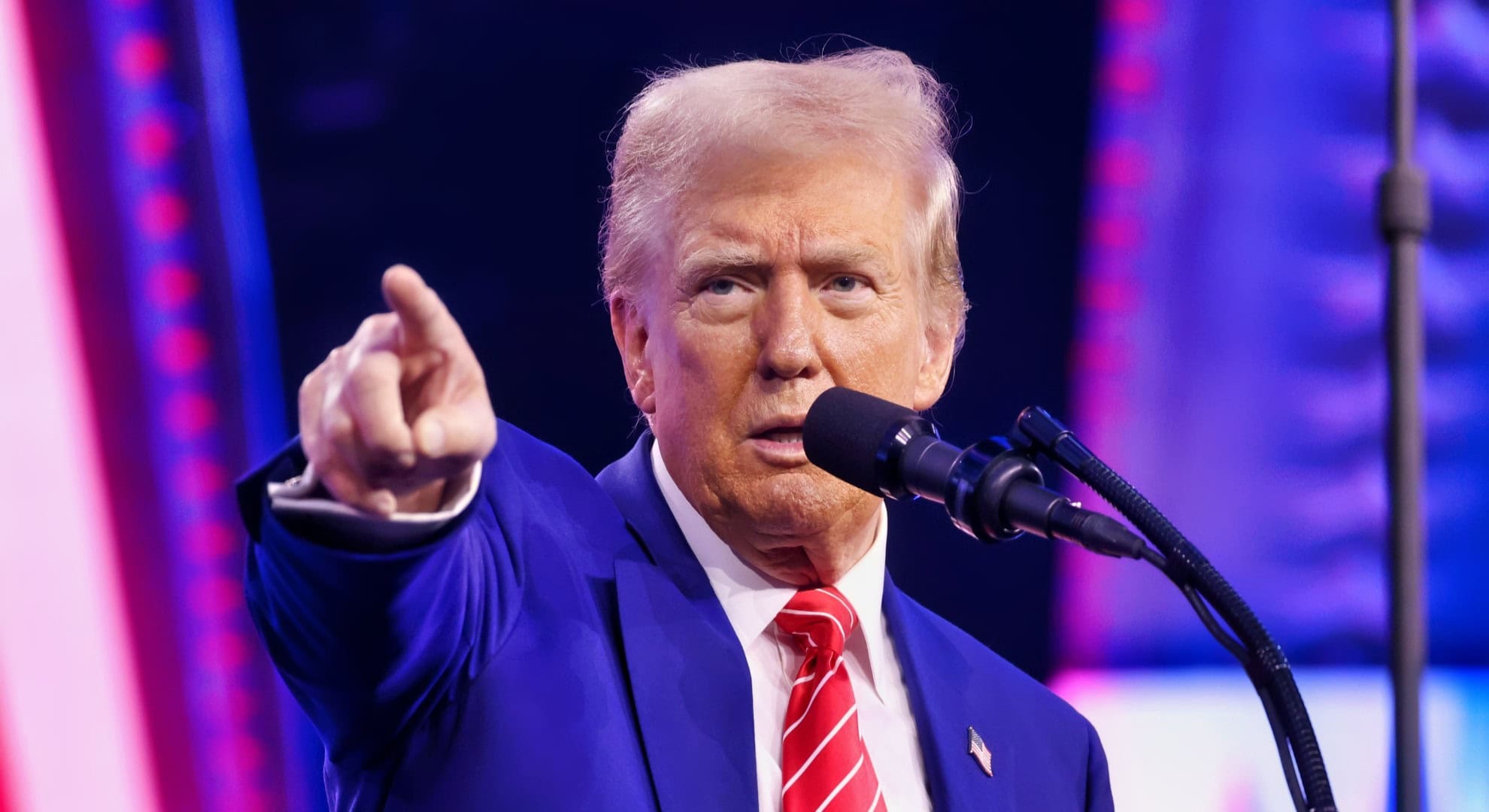A little over two weeks ago, the Trump administration unveiled its reciprocal tariff policy with great fanfare, including a technical explanation hosted on the U.S. Trade Representative’s (USTR’s) website. That page, which detailed the mathematical model used to justify the tariffs, has since vanished. The now-dead link redirects to a generic landing page.
The page in question once featured the so-called “reciprocal tariff equation,” which purported to calculate appropriate tariff rates by dividing a country’s trade deficit with the U.S. by its total imports, adjusted by two theoretical coefficients: the price elasticity of import demand (ε) and the tariff pass-through rate (ϕ).
When finance journalist James Surowiecki critiqued the USTR’s approach, the White House deputy press secretary responded with a link to this page. Still, others, including economists, journalists, and technically literate observers, demonstrated that the formula collapsed under scrutiny. The selected coefficient values (-4 and 0.25, respectively) conveniently canceled out, reducing a complex economic theory to a simplistic, back-of-the-envelope math problem.
This disappearance of the equation raises troubling questions: Why was it removed? What is the administration doing now? And more importantly—what are they trying to hide?
Why Remove It Now?
The USTR’s quiet removal of this page looks like an admission of failure, but one that comes without accountability. If the administration still believed in its model, it should defend it. Instead, they have chosen silent retraction. Even more concerning, there has been no official explanation, updated methodology, or replacement analysis. Transparency has been replaced by opacity.
One plausible explanation is that they were unprepared for the volume and credibility of the criticism. The backlash didn’t just come from economists and trade analysts—it came from engineers, data scientists, and even high school teachers who recognized the oversimplified math.
Perhaps the administration realized their justification couldn’t withstand public scrutiny and chose to erase it quietly.
What Are They Doing Now?
With the original approach scrubbed, it’s unclear how the USTR will calculate or adjust tariff policy. Are they reverting to ad hoc political judgments? Are they quietly developing more sophisticated models without public disclosure? Or—most concerning—have they abandoned analytical rigor altogether in favor of political optics?
Understandably, the administration would revise policy when the underlying math proves flawed. But responsible policymaking demands more than quiet course correction. It requires transparency, engagement, and a commitment to getting it right. Contrary to the administration’s claims to be the most transparent administration in history, we only see opacity.
Why It Matters
Economic policymaking demands not just accuracy, but accountability. When a model is used to justify policies that affect trillions in trade and millions of jobs, the public has a right to understand how that model works, and whether it holds up. Disappearing the evidence doesn’t solve the problem; it deepens it.
If the administration has abandoned the flawed reciprocal-tariff equation, they should say so, and explain what replaces it. If they stand by it, they should defend it. In this context, silence implies they no longer trust their own math. And they shouldn’t.
A Hollow Strategy Hiding Behind Disappearing Data
What’s most alarming isn’t that the original tariff model was oversimplified. It’s that the administration appears more concerned with maintaining political appearances than correcting serious technical flaws. In engineering, we debug. In science, we revise hypotheses. In government, we should expect the same intellectual honesty.

A U.S. $100 dollar bill is seen December 17, 2009.
Removing the formula without replacing it sends a clear message: This administration may not be interested in economic truth, but it is plenty interested in economic theater. The problem with this is that tariffs aren’t stunts. They’re tools of national strategy, impacting everything from the economy to national security. When used without rigor, they risk becoming weapons of self-inflicted harm.
About the Author: Dave Petri
Dave Petri is a retired Navy Commander and Business Consultant from Mount Airy, NC. He currently serves as the Communications Director for National Security Leaders for America.

